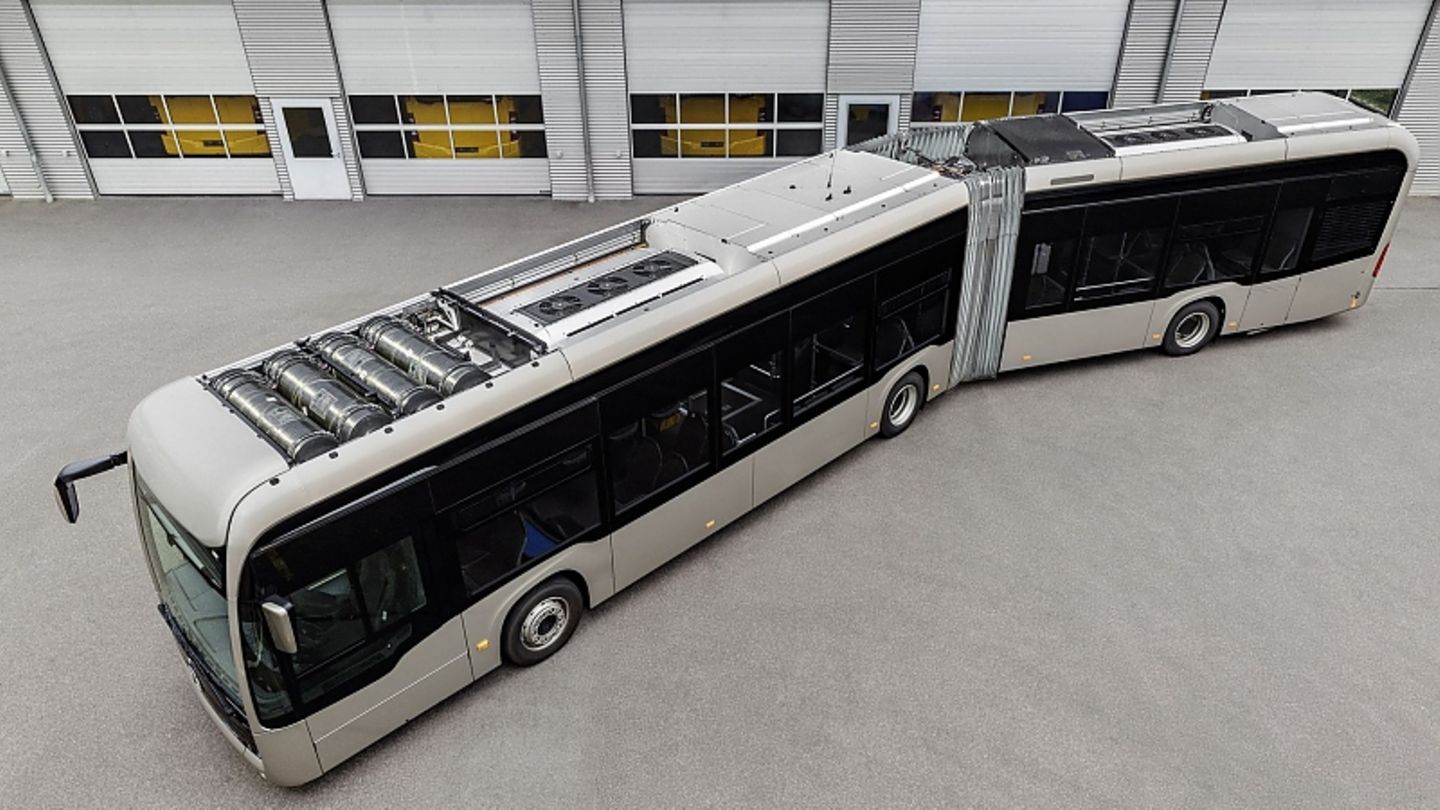I am a 24-year-old writer and journalist who has been working in the news industry for the past two years. I write primarily about market news, so if you’re looking for insights into what’s going on in the stock market or economic indicators, you’ve come to the right place. I also dabble in writing articles on lifestyle trends and pop culture news.
Menu
Background : Two-pronged | STERN.de
Categories
Most Read
E-car hipster: Dacia plans electric car for less than 10,000 euros
October 6, 2025
No Comments
Führerschein class B: This expansion is available without a new test
October 6, 2025
No Comments
Automotive production fell 5% year -on -year in September
October 6, 2025
No Comments
The government opens a new call to import electric and hybrid cars with zero tariff
October 6, 2025
No Comments
The Government digitizes the low and disarmament procedures and advances in the traceability of auto parts
October 6, 2025
No Comments
Latest Posts

Country Risk: JP Morgan excluded Argentina from the debt index EMBI+
October 6, 2025
No Comments
October 6, 2025 – 12:42 The decision occurred at the end of September. Argentine bonds now became part of a broader indicator, which gives less

two deaths and 200 cases under the sight
October 6, 2025
No Comments
October 6, 2025 – 12:35 Health crisis in Brazil due to methanol present in alcoholic beverages in Brazil. San Pablo concentrates most cases and seeks

The town of Brazil with paradisiacal beaches, crystalline waters and white sand that amazes tourists
October 6, 2025
No Comments
October 6, 2025 – 11:58 It is a small city, located 250 kilometers from Rio de Janeiro, with more than 50 nearby beaches that allow
24 Hours Worlds is a comprehensive source of instant world current affairs, offering up-to-the-minute coverage of breaking news and events from around the globe. With a team of experienced journalists and experts on hand 24/7.

